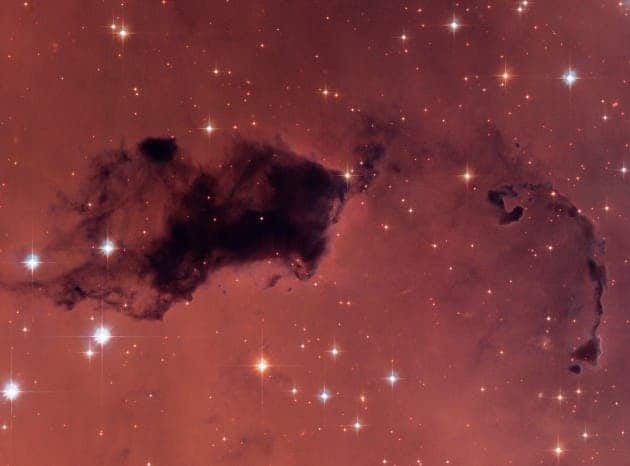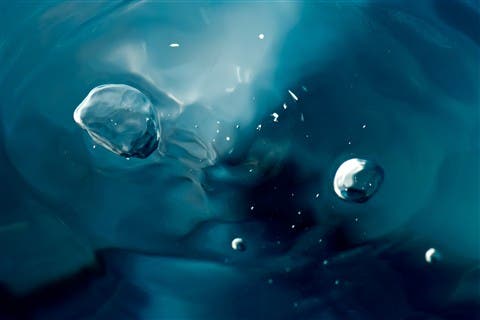Water may have been plentiful in some parts of the universe as early as one billion years after the Big Bang, a new model suggests. That’s a lot earlier than scientists had previously presumed, seeing how at the very beginning the only elements were hydrogen and helium. Seeing how water is comprised of one oxygen atom (16 times heavier than hydrogen) and two hydrogen atoms, then we should have seen water much later, or so the thinking goes.
“We looked at the chemistry within young molecular clouds containing a thousand times less oxygen than our Sun. To our surprise, we found we can get as much water vapor as we see in our own galaxy,” says astrophysicist Avi Loeb of the Harvard-Smithsonian Center for Astrophysics (CfA).
The heavier elements were first forged in stars, which in their early days were mostly made of hydrogen and were very big. Inside these nurseries, heavier elements like carbon and good ol’ oxygen were forged, then scattered throughout the universe by stellar winds or nova events. Eventually the oxygen and hydrogen combine to form water, but only in reserved pockets around stellar hotspots. During these early days, however, these islands were much poorer in oxygen than gas within the Milky Way today.

This Hubble image features dark knots of gas and dust known as “Bok globules,” which are dense pockets in larger molecular clouds. Similar islands of material in the early universe could have held as much water vapor as we find in our galaxy today, despite containing a thousand times less oxygen. (Photo by NASA, ESA, and The Hubble Heritage Team)
The Harvard team wanted to find out just how much water could have been formed during those conditions in these molecular clouds. Taking into account that the universe was much hotter than it is today, temperatures around 80 degrees Fahrenheit (300 Kelvin), abundant water could form in the gas phase despite the relative lack of raw materials. Of course, being in close vicinity to stars means that water would often and regularly be broken down back to oxygen and hydrogen by nearby ultraviolet rays, but only to recombine again. This dance would have continued for some hundreds of millions of years until an equilibrium was reached.
“These temperatures are likely because the universe then was warmer than today and the gas was unable to cool effectively,” explains lead author and PhD student Shmuel Bialy of Tel Aviv University.
“The glow of the cosmic microwave background was hotter, and gas densities were higher,” adds Amiel Sternberg, a co-author from Tel Aviv University.
“You can build up significant quantities of water in the gas phase even without much enrichment in heavy elements,” adds Bialy.
Findings appeared in the journal Astrophysical Journal Letters.










